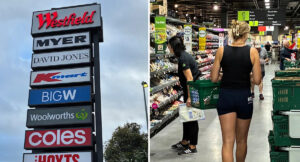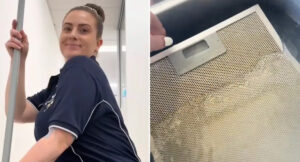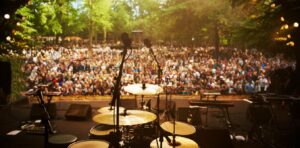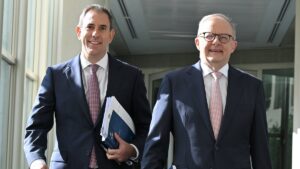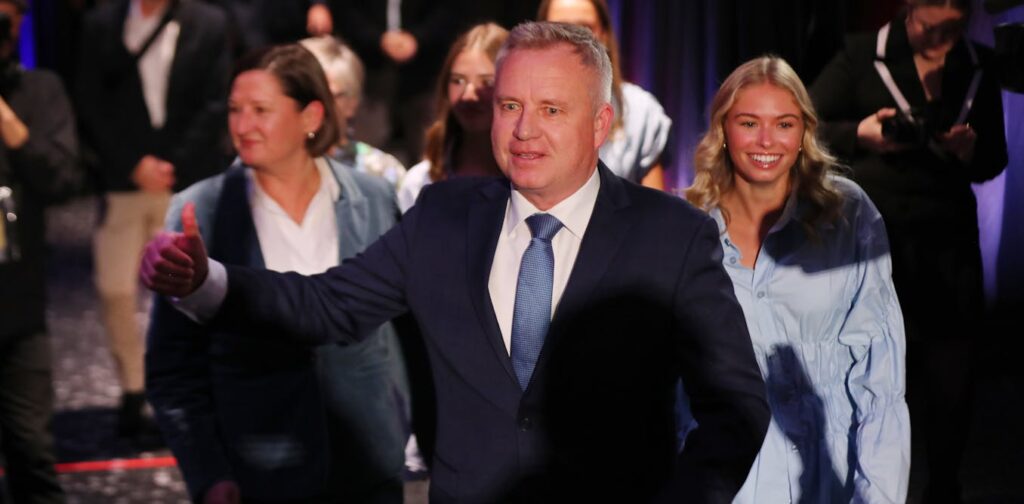
With 63% of enrolled voters counted in the Tasmanian state election, projections suggest the Liberals are set to secure 39.7% of the statewide vote. This marks an increase of 3.0% since the March 2024 election. Meanwhile, Labor trails with 25.7%, a decrease of 3.1%, and the Greens hold steady at 14.1%. Despite the Liberals winning the most seats, Labor may still form a government through a coalition with the Greens.
The election results are determined by Tasmania’s proportional Hare-Clark system, which elects 35 MPs across five electorates. A quota for election is set at 12.5% of the vote. The Liberals have secured significant quotas across various electorates, suggesting a strong presence, while Labor and the Greens also maintain substantial support.
Understanding the Hare-Clark System
The Hare-Clark system, unique to Tasmania, is a form of proportional representation used to elect members to the House of Assembly. Each of the five federal electorates returns seven members, creating a total of 35 seats. The system requires candidates to achieve a quota of 12.5% to be elected, promoting a more equitable representation of parties.
In this election, the Liberals are projected to secure 14 seats, while Labor is expected to win 10. The Greens are likely to claim at least five seats. Independent candidates, such as environmental campaigner Craig Garland and left-wing independent Kristie Johnston, are also expected to be re-elected, further diversifying the political landscape.
Potential Coalition Dynamics
The possibility of Labor forming a government hinges on cooperation with the Greens. This potential coalition would require a 5–2 left split in both Clark and Franklin electorates. The Liberals, despite their lead, face challenges in forming a majority government due to the fragmented distribution of seats.
According to projections, right-wing parties, including the Liberals and Shooters, are likely to secure 16 seats. Conversely, Labor, the Greens, and left-wing independents are projected to win 19 seats, suggesting a potential path for a Labor-led coalition government.
Polling Discrepancies and Federal Implications
A YouGov poll conducted from July 7–18 underestimated the Liberal support, predicting only 31% of the statewide vote. In contrast, the actual results show the Liberals leading by a significant margin. This discrepancy highlights the challenges pollsters face in accurately capturing voter sentiment.
“The results show the Liberals headed for about a 14-point vote share win over Labor, so YouGov badly understated them.”
Meanwhile, the federal political landscape is also experiencing turbulence. The Liberals have challenged Teal Nicolette Boele’s narrow victory in Bradfield at the May 3 federal election. This legal challenge, filed with the High Court, could lead to a byelection, potentially altering the balance of power in federal parliament.
Public Sentiment on Democracy and Voting Systems
Recent polling by DemosAU reveals strong public confidence in Australian democracy, with 69% of respondents expressing pride in the system. However, there is considerable debate over the preferred voting system, with compulsory preferential voting (CPV) slightly favored over other methods.
By 69–12, respondents thought Australian democracy is something to be proud of, and by 71–19 they did not think Australia needs a PM like Donald Trump.
These findings underscore the complexity of voter preferences and the ongoing discussions about electoral reform in Australia.
As the final votes are tallied and legal challenges unfold, the political landscape in Tasmania and beyond remains dynamic. The potential for a Labor-Greens coalition government in Tasmania could set a precedent for future elections, emphasizing the importance of strategic alliances in a fragmented political environment.

